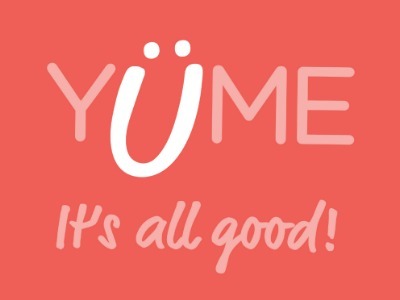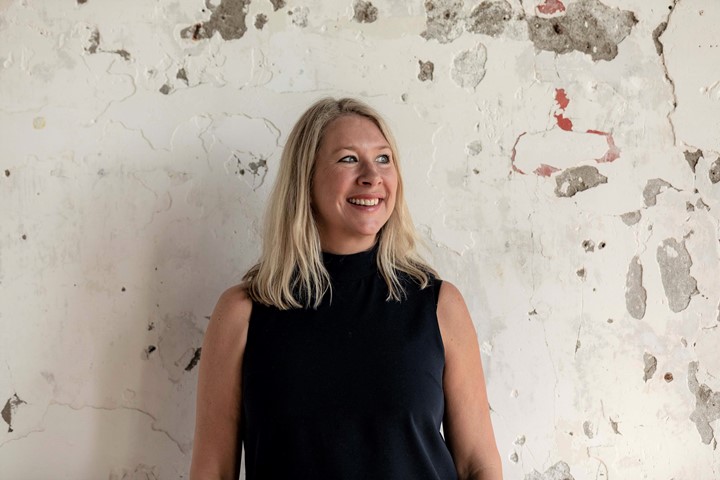By Lew Bentley, Head of Strategy at Shopper Marketing agency Energi
Picture the food supply chain that services supermarkets.
A paragon of rational efficiency. An art form of just in time. A triumph of modern logistics technology.
Or not?
I recently had the privilege of hearing Australian food waste advocate Katy Barfield shed light on the alarming issue of food waste.
It seems that every year 4.1 million tons of commercial and industrial food produced goes to waste in Australia; dumped in landfill before it gets into supermarkets, homes or hospitality venues. In New Zealand the level is apparently around 350,000 tons. That is 48 semi-trailers of food being dumped every day. Another alarming fact Katy revealed was that between 30-50% of all food produced in New Zealand is never eaten. According to Dr Google that is nearly the weight of the Empire State Building (365,000 tons) every year.
With the country’s food banks bulging at the seams, it seems outrageous that there are so many people struggling to put food on the table, and yet an Empire State Building-sized mountain of food being put into landfill. In a country like New Zealand, with such a proud history of agricultural expertise, it is a double-tragedy that a problem like this exists.
Looking into things further the majority of food dumped is perfectly edible. It is mostly the result of sales orders falling over, or packaging and labelling errors.
There are several significant barriers that perpetuate the problem.
There is an assumption that food must be perfect. This means that manufacturers are often unprepared to consider providing their products in any way less than flawless in order to preserve the integrity of their brand and reputation. So any imperfections get dumped.
Waste is a dirty word in the operational culture of manufacturing organisations. Systems, processes, and performance measurement is all about minimising waste. So operationally, it goes against the grain to look at waste as anything but a problem to eliminate. So, waste is seen as a bad thing that needs to be dumped.
Perhaps the biggest barrier that perpetuates the food waste problem is the lack of an alternative. An alternative in the form of a concept, or different way of looking at food that is less than perfect. And also an alternative in the form of a channel in which imperfect food is legitimate and in demand.
Enter Katy, and her company Yume.
Yume (yumefood.com.au) is an online marketplace that is designed to connect food that would otherwise be dumped with those who have a use for it. It is a very modern company that blends technical innovation, a disruptive business model, and a strong ‘food rescue’ social enterprise philosophy.
On the Yume platform you can sign up as a seller or buyer of food, as well as a Yume supporter. Trading is available with fresh meat, poultry, and seafood as well as dairy, dry goods, prepared meals, fruit & veg, snacks and confectionery.
Sellers list food items for sale at prices discounted from normal full price, and Yume connects buyers via its platform.
Since its inception in 2014 Yume has moved over 1.4 million kilos of food from 350 suppliers, to around 1,200 buyers around Australia. Yume has evolved into a genuinely sustainable business that is attracting the support of significant Australian manufacturers.
For example:
A seafood exporter recently sold 8 tonnes of surplus salmon that would have been dumped for a discount of 25 percent below regular price. In addition to a commercial return the exporter managed to save 16 tonnes of C02 and 500,000 litres of water using the Yume platform.
Yume is not designed to challenge the conventional food supply chain. The long term benefit is that it can help reframe the idea of dumping ‘waste’ to the sustainable idea of channelling food that is not suited to primary markets to an alternative channel of buyers.
Now, how would you like your elephant?




